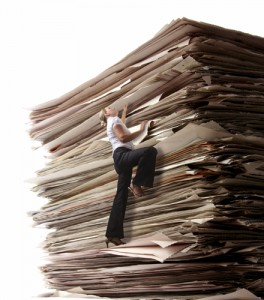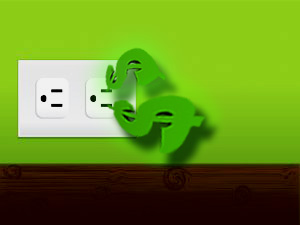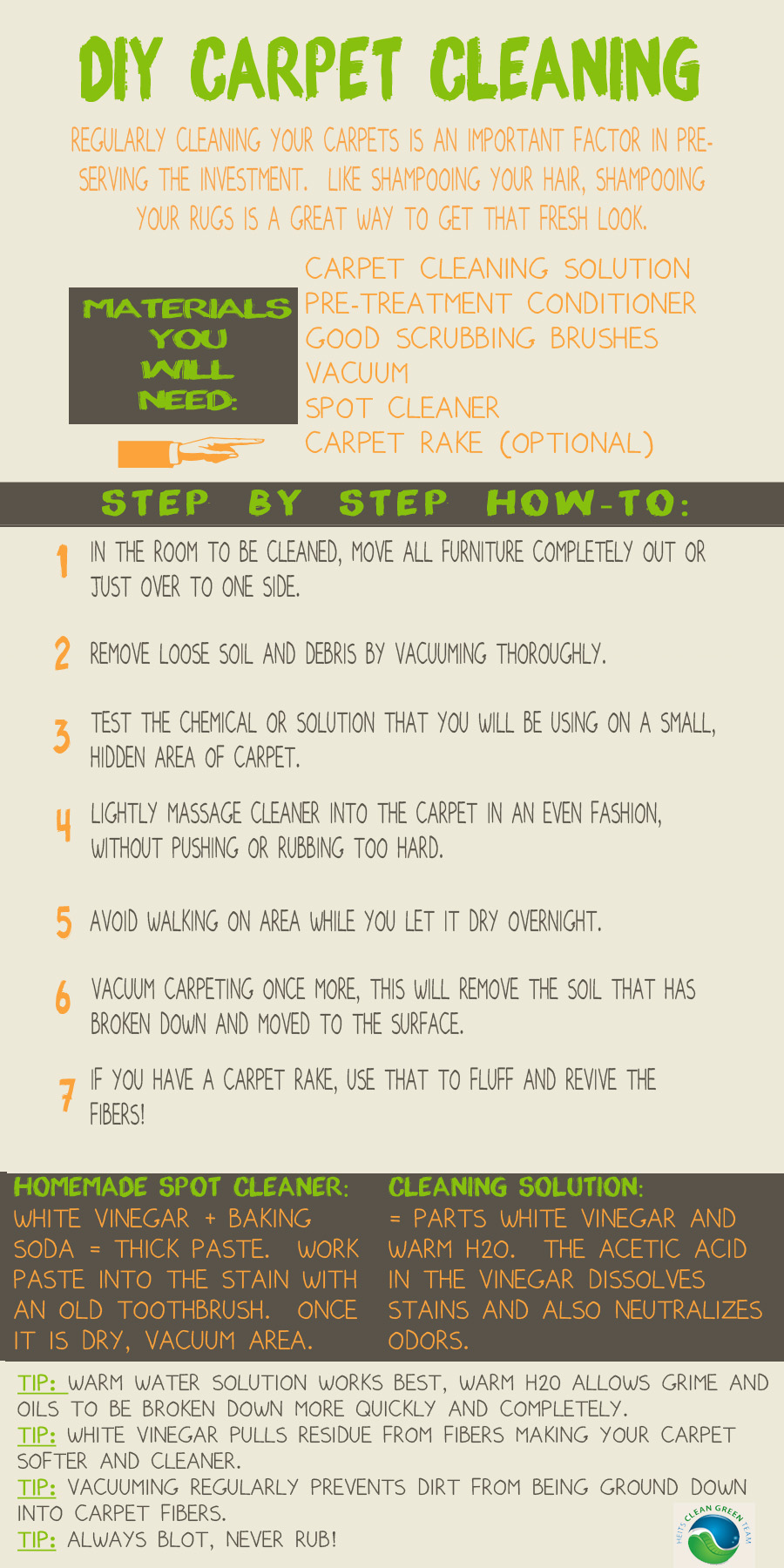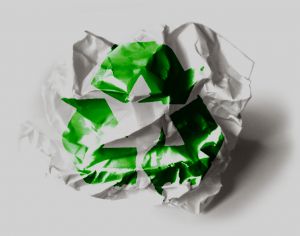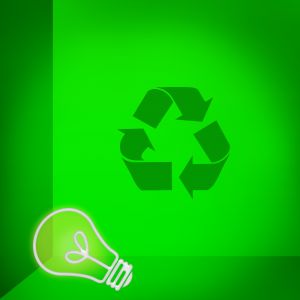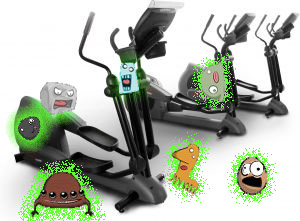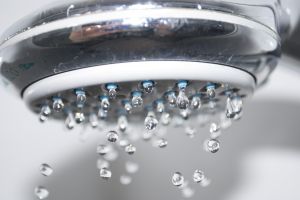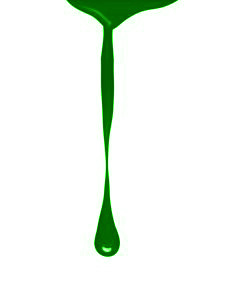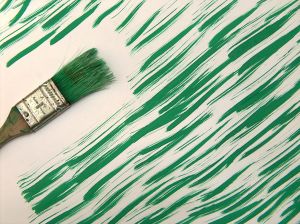 Indoor air has been found to be 1-5 times more polluted than the air outdoors. Poor Indoor Air Quality can lead to a variety of health problems such as asthma, headaches, dry eyes, nasal congestion, nausea, and fatigue. Certain paints, flooring choices and even furniture can emit VOCs adding to the ongoing indoor air quality problem. Not limited to VOCs, the source for nasty air is also caused by the buildup of dust mites, pollen, mold, radon, carbon monoxide and excessive carbon dioxide. With the cold winter months just ahead, our homes and offices are more air tight than ever to help keep the heat in and the cold out. With lack of quality air circulation, the indoor air quality of a building is at risk.
Indoor air has been found to be 1-5 times more polluted than the air outdoors. Poor Indoor Air Quality can lead to a variety of health problems such as asthma, headaches, dry eyes, nasal congestion, nausea, and fatigue. Certain paints, flooring choices and even furniture can emit VOCs adding to the ongoing indoor air quality problem. Not limited to VOCs, the source for nasty air is also caused by the buildup of dust mites, pollen, mold, radon, carbon monoxide and excessive carbon dioxide. With the cold winter months just ahead, our homes and offices are more air tight than ever to help keep the heat in and the cold out. With lack of quality air circulation, the indoor air quality of a building is at risk.
(click here for more information on Indoor Air Quality)
We all need to winterize our homes, so what can you do to help improve your IAQ?
HVAC: Heating ventilation and air conditioning is a system that maintains your home’s IAQ through air filtration and ventilation combined with temperature controls. Basically it draws air into an air handling unit where it is filtered and then heated/cooled before it is circulated through the ducts.
Clean ductwork: 1 of 6 allergy sufferers do so because of direct relation to fungi and bacteria in air duct systems. (Total Health and Better Health Magazine). Have your ducts cleaned and sanitized every few years.
 Need for fresh air: Open a window if you can stand the cold for even a few minutes. If the cold is too much to bear, you can have a fresh air intake pipe installed through the ventilation system and that will constantly be bringing in fresh air.
Need for fresh air: Open a window if you can stand the cold for even a few minutes. If the cold is too much to bear, you can have a fresh air intake pipe installed through the ventilation system and that will constantly be bringing in fresh air.
Air Filters: Skip the basic blue furnace filters that you can buy for $0.99; those are more functional as a protection for the furnace blower because they only block the big stuff. Instead try a ‘pleated filter’. These are higher quality and are 10 times more efficient than the blue ones. They filter more particles and smaller particles. For about $18-$25 a pop, these need to be changed every 3 months.
Air Cleaners: The trick for air purifiers to be successful is to make sure it is a true HEPA filer and to run it on high in a room that can be closed off by a door so the machine will draw in sufficient air and filter it back out into your home.
Carpet Cleaning: Carpeting acts as a natural filtration system because it can trap particles that are found in the air. It is important to vacuum it on a regular basis and to remember to annually deep clean it. (read more on carpet improving IAQ here) (read more on DIY carpet cleaning here)
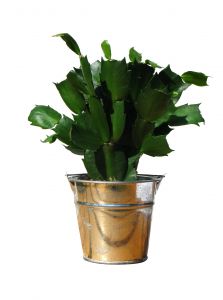 Indoor plants: By purchasing the right types, indoor plants can help purify the air and increase IAQ. According to Costa Farms in Goulds, Florida the top pollution purifying plants are Dendrobium and Phaeleonopsis Orchids, Palms, Peace lilies, Ferns, Schefflera, Anthuriums, Song of India (Dracaena reflexa), Pothos, Massangeana Cane, and Philodendrons.
Indoor plants: By purchasing the right types, indoor plants can help purify the air and increase IAQ. According to Costa Farms in Goulds, Florida the top pollution purifying plants are Dendrobium and Phaeleonopsis Orchids, Palms, Peace lilies, Ferns, Schefflera, Anthuriums, Song of India (Dracaena reflexa), Pothos, Massangeana Cane, and Philodendrons.
Don’t let yourself fall victim to poor IAQ this winter. Take proactive steps to making your home a healthy environment.
Don’t just stop at the home. With all the time spent in the office, the IAQ at the workplace should be of concern too. A great way to help improve IAQ is through green cleaning. Envision Commercial Cleaning offers full service green cleaning and can help improve the health of your business. Call for you free quote today!


